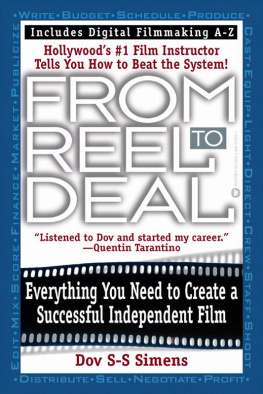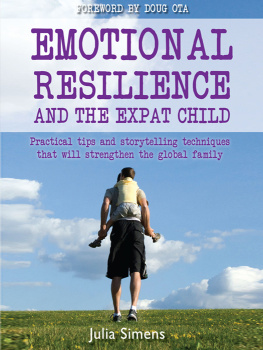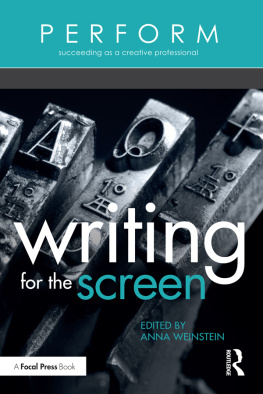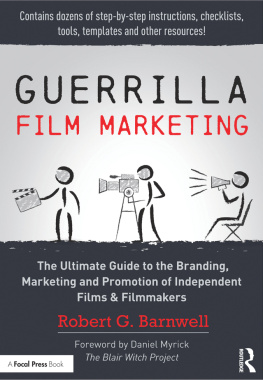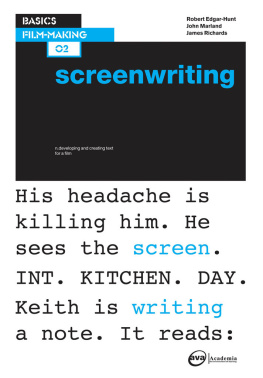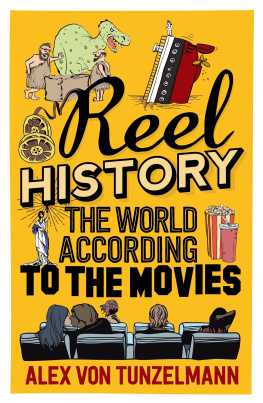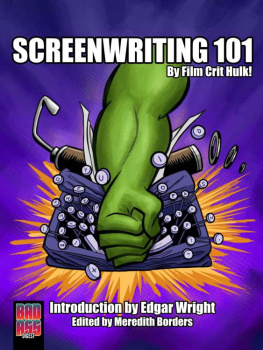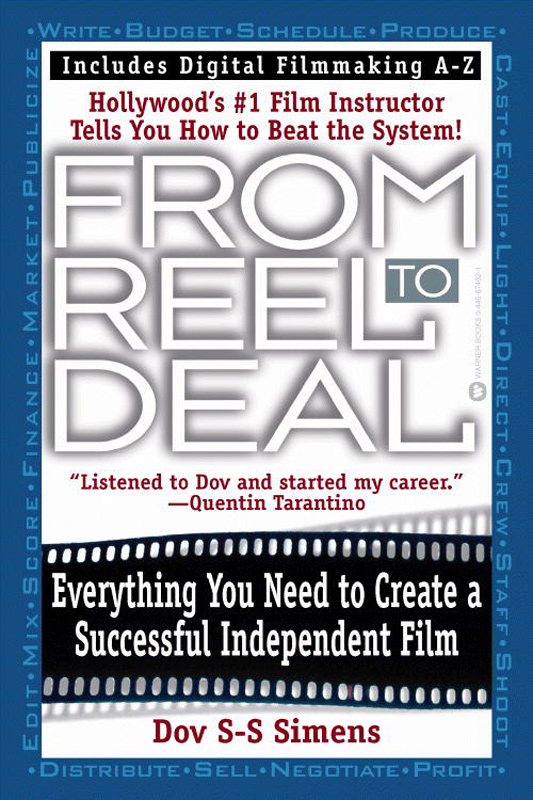PUBLISHERS NOTE: This publication is designed to provide competent and reliable information regarding the subject matter covered. However, it is sold with the understanding that the author and publisher are not engaged in rendering legal, financial, accounting, or other professional advice. Laws and practices often vary from state to state and if legal, financial, or other expert assistance is required, the services of a professional should be sought. The author and publisher specifically disclaim any liability that is incurred from the use or application of the contents of this book.
Copyright 2003 by Dov S-S Simens
All rights reserved. Except as permitted under the U.S. Copyright Act of 1976, no part of this publication may be reproduced, distributed, or transmitted in any form or by any means, or stored in a database or retrieval system, without the prior written permission of the publisher.
Warner Books
Hachette Book Group
237 Park Avenue
New York, NY 10017
Visit our Web site at www.HachetteBookGroup.com
First eBook Edition: July 2003
Warner Books and the W logo are trademarks of Time Warner Inc. or an affiliated company. Used under license by Hachette Book Group, which is not affiliated with Time Warner Inc.
The Hachette Book Group Publishing name and logo is a trademark of Hachette Book Group, Inc.
ISBN: 978-0-75952-076-9
After reading this book, there are no excuses!
For everything, yes everything, needed to succeed as an independent filmmaker is in these pages.
Teiko Yamada is the one person to whom this book is dedicated. Why? The answer is simple. She is the driving force. She is the inspiration. She is the knowledge. She is the goddess of dreams. She is why creativity exists and because of her this book exists.
After Teiko Yamada my sincerest thanks go to several groups that supported, worked, and nurtured this book into form. They are the staffs of my three film education ventures, The Hollywood Film Institute, www.WebFilmSchool.com, and THE BIZ; then the agent who made the dream attainable and the editor who made the dream tangible.
My senior staff members are Angela Taylor, Melissa Puch de Fripp, Luis Quijada, Michael Perlin, and Oscar Simens, who gave me daily support at work. The agent, whose understanding and business acumen started the journey, is Michael Hamilburg, along with his associate Joanie Kern. Finally, the editor, who grasped the books importance and worked and worked and worked to mold it into its final stage, is John Aherne, with his colleagues Mari Okuda and Megan Rickman.
To everyone, my heart feels and mind says, Thank you and God bless.
T o a first-timer, Hollywood is confusing. Its a glamorous puzzle filled with vagaries. Its a web that entraps wannabes armed with hopes of fame and fortune but no knowledge of the rules. Anyone wanting to be a player, a mover and shaker, in Hollywood needs a mentor, a guide. Someone to take your hand and lead you through the maze called Tinseltown. In the film industry, Im that person. I have the information youve been looking forwith an ability to explain it, in a way that you can understand. Im your mentor and this book is your road map.
The Spielbergs, Lucases, Coppolas, and Tarantinos might be great filmmakers, but they are rotten teachers. On the other hand, I am not a great filmmaker, but I am a great teacherand that is what you want. Ive made films. Ive produced. Ive directed. Ive written checks. Ive made mistakes. I did not succeed initially in Hollywood. Then out of necessity I stumbled into teaching. I became a film instructor with facts from my own experiences, learned to communicate them, and became known as Hollywoods Greatest Independent Film Instructor.
By 1980 I had a degree in economics, had spent four years in the army (first lieutenant, Green Berets, Vietnam, 196869), had backpacked through Europe, retired to quaint Carmel, California, where I owned a successful bookstore for 10 years. My life was full. Then the big four-zero hit: 40!I sold my store, sold my house, packed my bags, took my cash, and went to Hollywood in quest of fame and fortune.
The first project I created was a TV series called Auto Test Point, a 30-minute newsmagazine show featuring half a dozen segments with in-studio host wraparounds, focusing solely on the automobile. I tried to option the rights to Car & Driver or Road & Track magazines, but they wanted too much money.
Undaunted, I shot a pilot (with my own moneystupid me) and wrote 13 episodes, assuming it would air on weekend mornings instead of those boring hunting, fishing, and gardening shows. I also assumed hundreds of auto industry advertisers would want in on the show. I took the pilot to syndicators (TV salesmen), and although they said it had excellent production values (a kiss of death line), they passed. My show, they saidsince it would air on weekend morningswould barely get a 1.0 rating and have no rerun life.
I came away with one piece of practical information that lands in your lap only after youve failed. The advice was to produce a strip show, a program that airs Monday through Friday between 3:00 and 5:00 P.M., or after the A.M. or P.M. news. This show would get a 3.0 to 6.0 rating five times per week, totaling 15-30 weekly rating points, with revenues 2,000 percent greater than my Auto Test Point show.
Undaunted, I put my thinking cap on and came up with Soap Opera Update, a 30-minute newsmag series about the daily soaps. It was to be presented as a news show in which the anchors report, with two-minute clips, treated as hard news, what dramatically occurred that day on each soap.
This time I didnt produce a pilot (I was now almost broke) but merely wrote an episode, outlined 13 additional shows, and went back to the syndicators. They all thanked me and passed on the idea. Three months later, at the NATPE (National Association of Television Program Executives) convention, where TV shows are sold to individual stations, I saw three of the syndicators that I had pitched Soap Opera Update to, who had passed, pitching their own versions! Another hard lesson from the school of hard knocks.
Back to the drawing board. I created A Womans POV, another 30-minute newsmag show, this time for cable, with segments about sex, sensuality, and eroticism from the female perspective, featuring voluptuous women in bikinis and negligees. This program would easily attract male viewers. But I needed to secure the 25- to 40-year-old female viewer that advertisers love. I brainstormed and came up with the hookeveryone connected with the program, in front of the camera and behind it (executives, talent, crew, etc.), would all be women. Not a single male would come near the show. Voil! Women on women.
I wrote, registered, and copyrighted the show, then partnered with someone in the inner circles of the cable industry, who pitched it. After rejections at HBO, Showtime, SelecTV, and Playboy we gave up. Three years later I received a late-night phone call from a hostile woman shouting, You son of a bitch! You scum-sucking pig! Turns out she was the woman I was going to use as the production manager for A Womans POV, claiming shed just seen the show on cable (with a slightly changed title) and demanding to know why I hadnt used her.
I quickly got a tape of the show. I wanted to cry. It was mine! Of course, I sued, spent eight years in the courts, collected a small check, and wasted a lot of energy. During the litigation, I entered AA (as of this writing I have 22 years clean and sober) and took night courses at UCLA Extension and the AFI (American Film Institute) with titles like Financing and Distributing Independent Features, Creative Means to Financing Films, Writing Commercial Scripts, International Co-productions and Hollywood, Securing High Quality with Low Budgets, etc. I learned some buzzwords and transferred my attention from the small screen to the large one.

